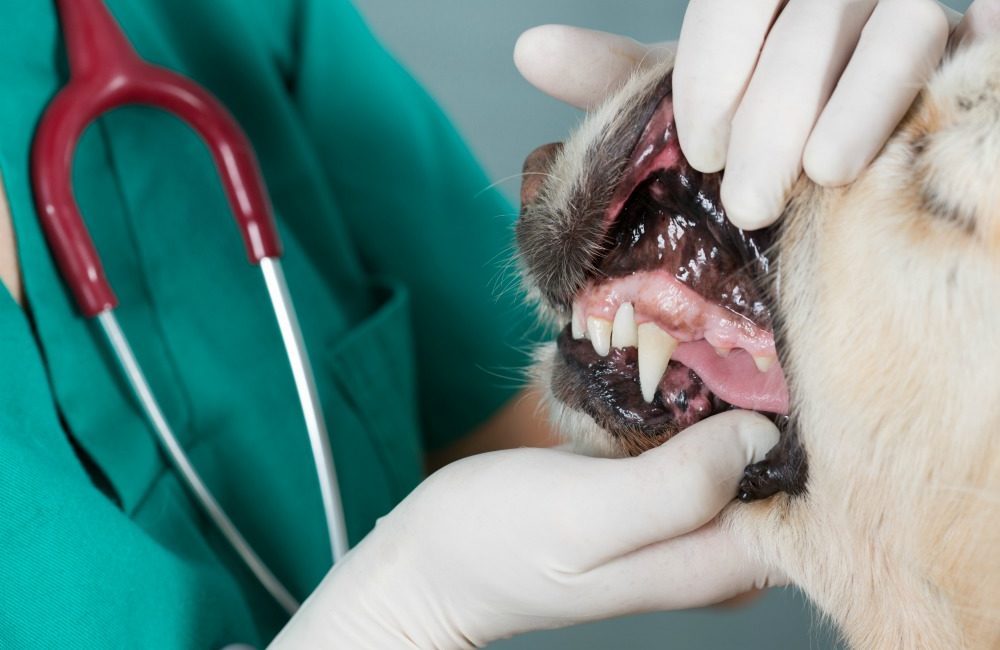If we think in terms of usefulness, dogs and cats use their teeth for a lot more than we do. Playing with toys, opening packages, biting everything from the new pair of shoes that you bought after saving for two months (and three days, but who’s counting), to chewing the very last chapter of the novel that you were immersed in (we’re talking steamy romance). Since they use their mouths for so much, accidents such as dental fractures can happen. That’s not to say that dental fractures don’t happen by other means. Your pet could have been hit by a vehicle or fallen out of a tree (contrary to popular belief; cats don’t always land on their feet). It’s important to have regular check-ups with your veterinarian to examine your pets’ teeth for trauma in addition to developmental or periodontal problems.
IT HURTS – your pets’ mouth is physiologically comparable to ours. You can imagine how painful a broken tooth would be in your own mouth. It can be difficult to determine whether or not your pet is having oral issues. So, it is important to also watch for changes in your pet’s behaviour – common times that you may see clues to oral pain are during play or eating. As an owner, we can watch for chewing on one side of the mouth, excessive drooling, tenderness of the face, and/or hesitation to eat or drink. Dogs, especially, are deeply emotional creatures so, watch for signs of depression or anxiety. Try to be mindful of your pet’s behaviour. You may need to tap into your inner clairvoyant because animals have evolved to hide their pain.
Tartar can also be your worst enemy. It can cover up fractures and make them less visible to the untrained eye. If, by chance, you can see a fracture (or break) and you know what caused it; the first step is to remove the source (if you can). Your pets’ mouth is a bacteria-rich environment, it’s important to call us as soon as possible to book your pet in for a dental exam. Things such as a dental fracture can develop into a deep infection. Obtaining an accurate diagnosis from your doctor is important. Your veterinarian can sedate and assess your pets’ mouth; with either a probe and/or an x-ray to determine the extent of the damage. Your veterinarian has many methods to assess: a visual exam, sedation, dental probes, or x-ray. If the infection is present and not treated; the nerves can die, and the pain will temporarily go away. However, once the infection reaches the bone, the pain will start up again. At this stage, watch for – discharge, really bad breath, bleeding, and/or red swollen gums. Continued infection in the bone can affect additional teeth, the actual jaw strength, and overall health.
After your pet has received the necessary care to alleviate their pain, your pet will be noticeably happier. We’ve had a number of clients say that their pet is acting like a puppy/kitten again. Who wouldn’t want to feel young again?!
Written by: Melanie Hamilton, Customer Care Representative




